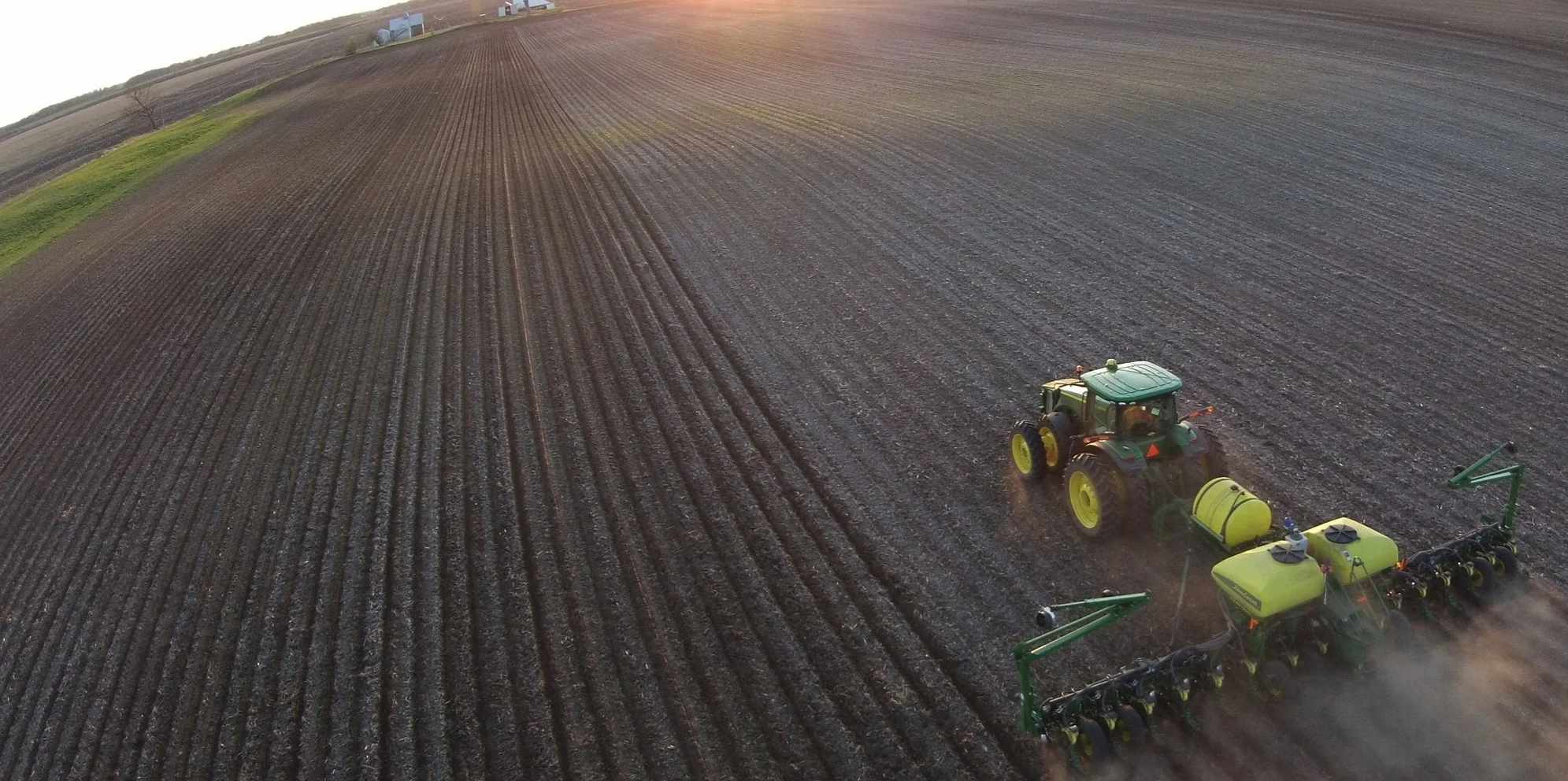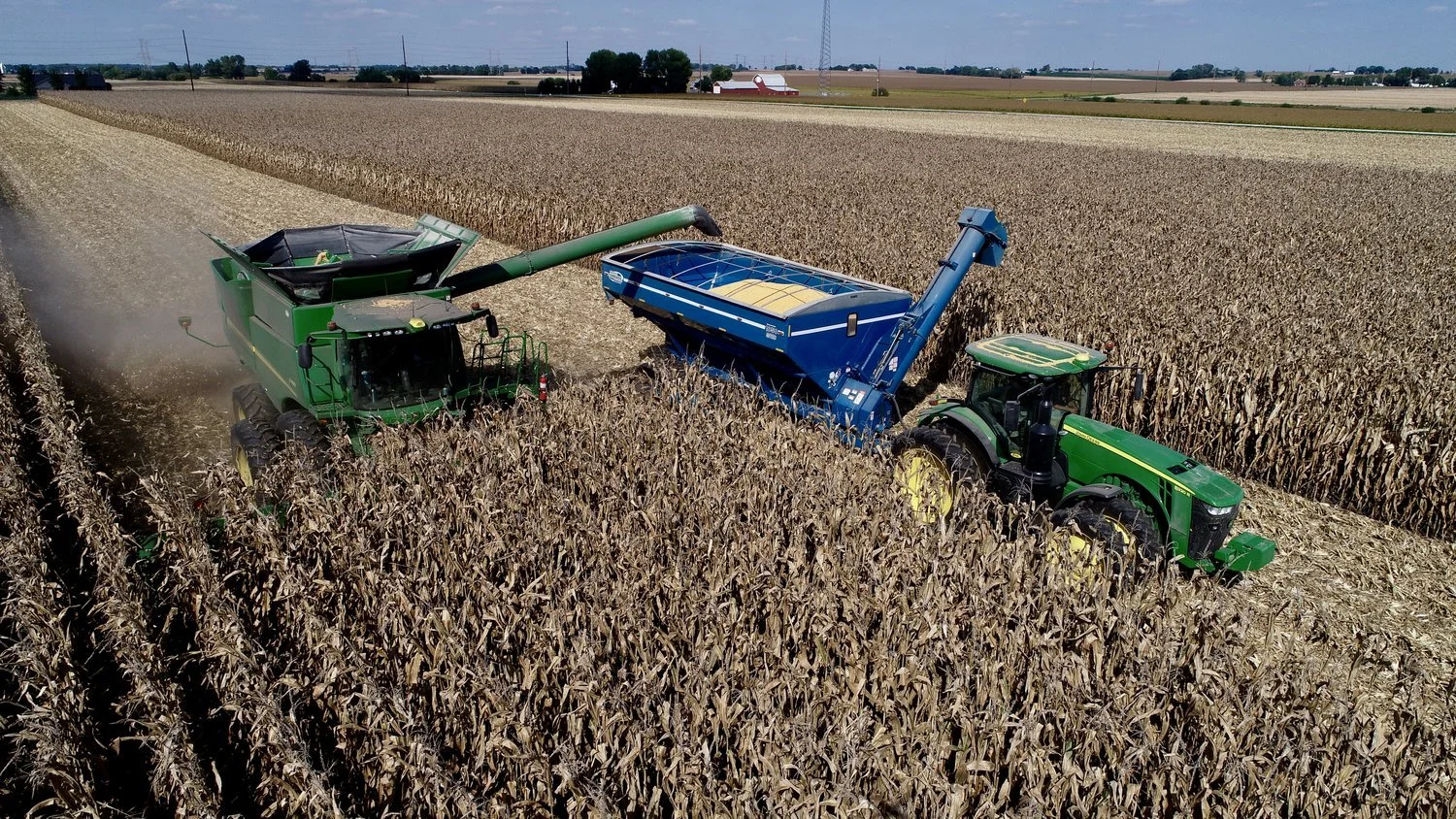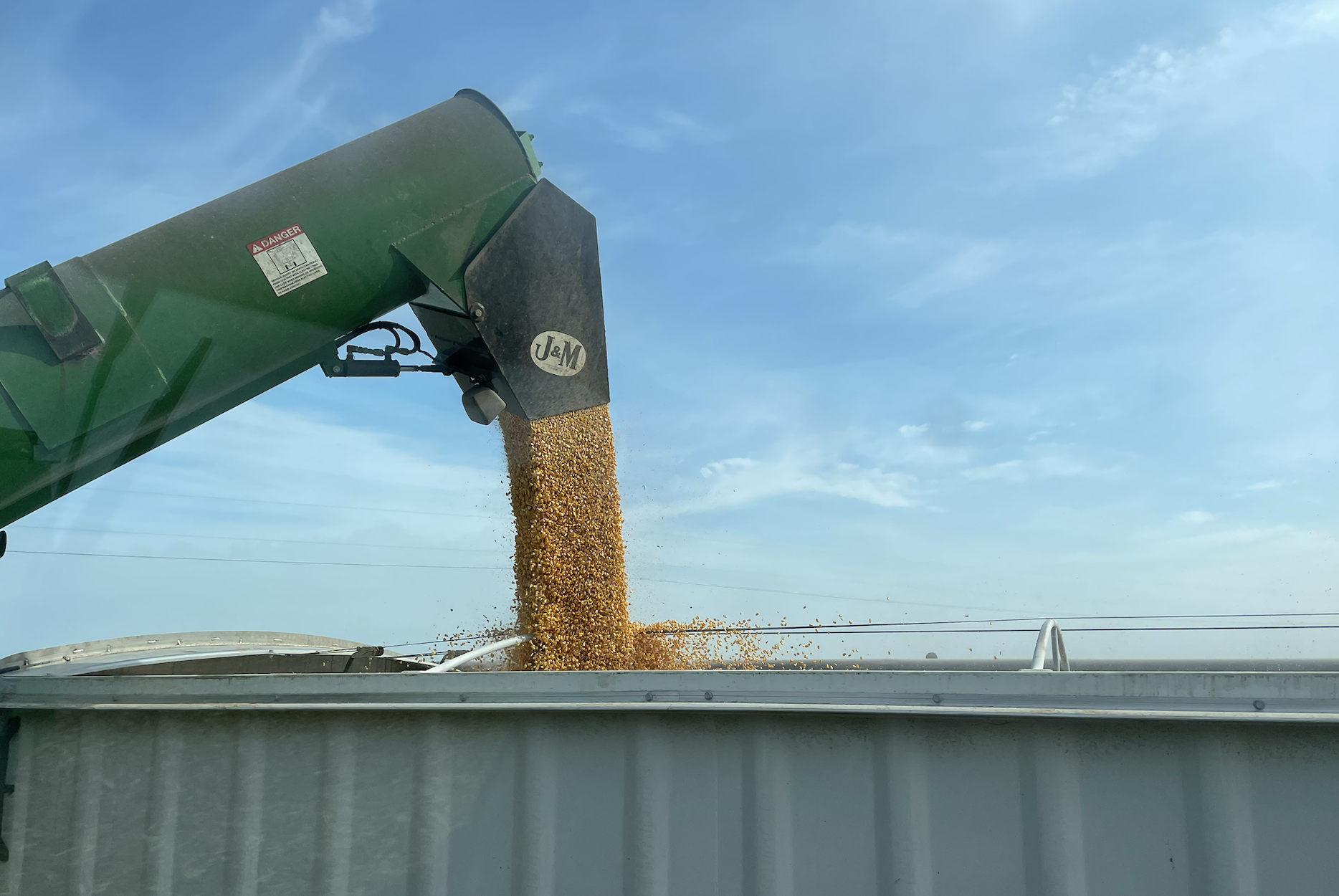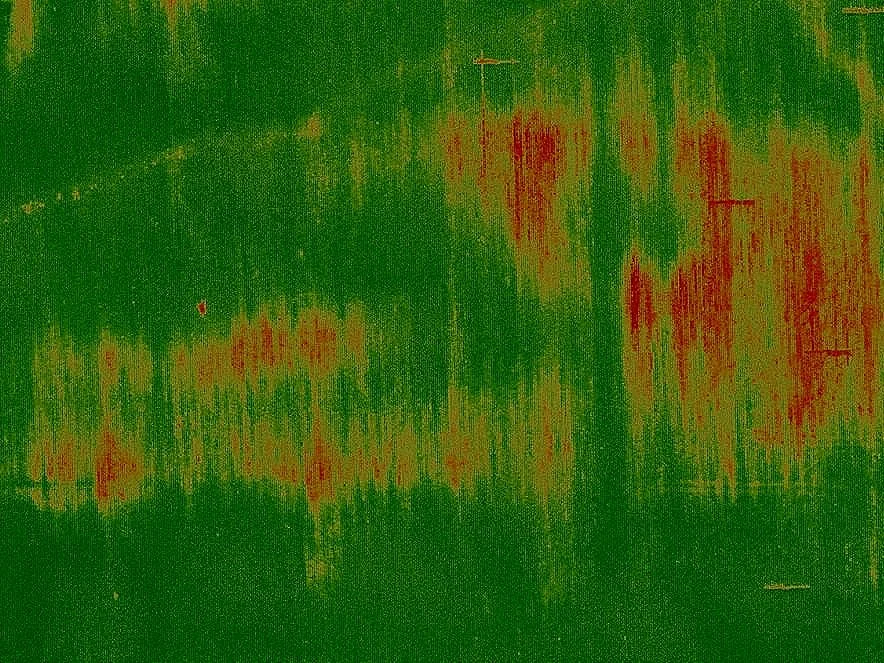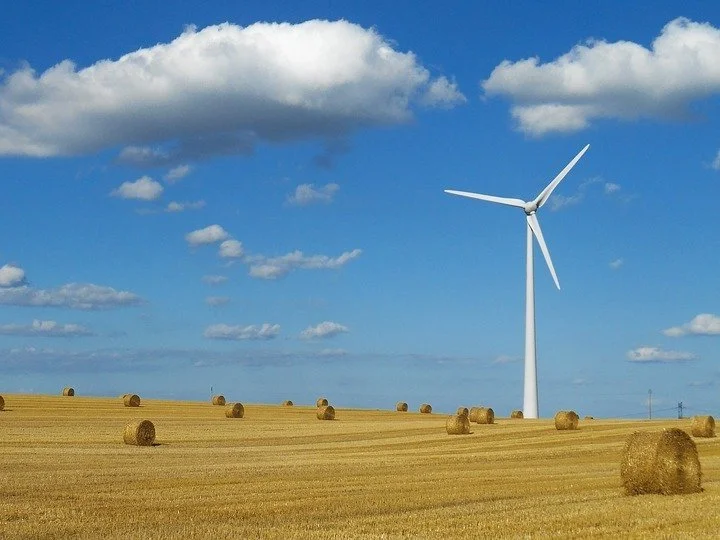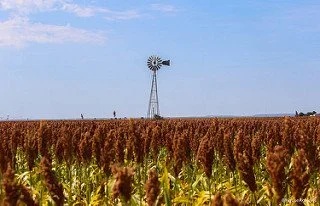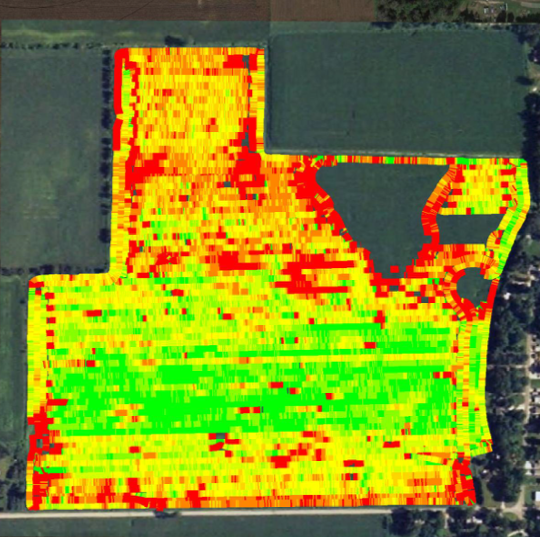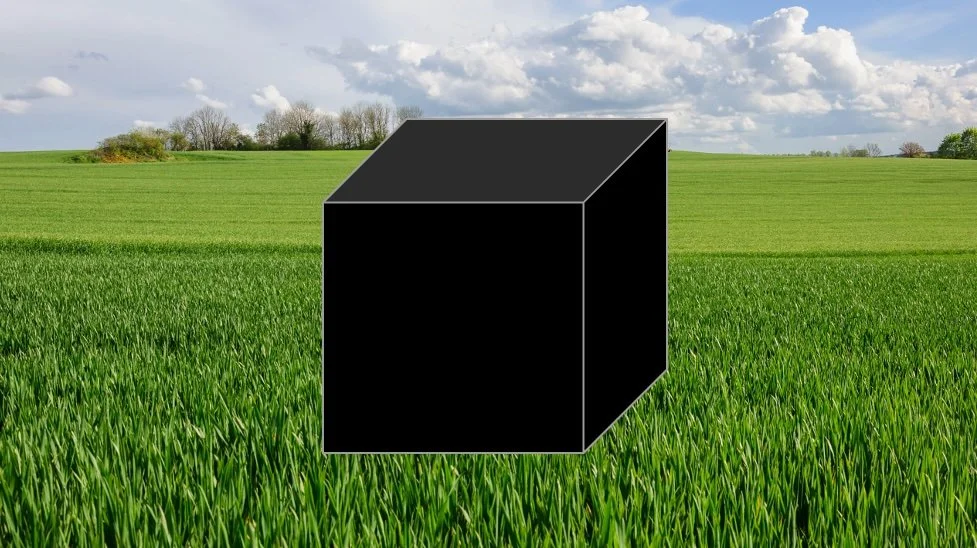Is Your Farm Ready for the Swarm?
/My dad, a retired Kansas farmer and cattleman, recently sent me an article about one startup company that hopes to release an army of small robots that go up and down row crop fields during the growing season, mowing any weeds in their path. I categorize this type of concept as “swarm farming”—the idea that many, small autonomous robots can perform the same task that today is done by large, farmer-driven machines. The big questions for me when looking at whether a “swarm farming” concept has merit is: What problem is the swarm trying to solve? Does the swarm solve the problem?
Pesticide Use. The swarm of robots that mow weeds all summer will, in theory, reduce pesticide use because they replace over-the-top herbicide applications. Whether mowing weeds will kill or stunt them enough to be beneficial is another question. But there are other swarm concepts out there that target weeds using artificial intelligence, such as sensors that target and spray only weeds. These would have the benefit of increased precision. However, a larger sprayer may also be able to match the precision of smaller robots as sensor and AI technology improves.
Compaction. Scott Shearer at Ohio State University has collected a lot of data about how ever-larger farming equipment causes serious compaction in certain soil types. He asks the question, how big is finally too big? A swarm of small, lightweight robots that replace today’s mega machines would reduce soil compaction. This a problem looking for a solution for many farms.
Carbon Footprint. Most swarm concepts I have seen use electric batteries to power electric motors. Some even use solar panels to keep them running in the field all day long. Replacing large, diesel engine equipment with solar powered robots would certainly reduce the carbon footprint of the crop. If consumers demand more carbon-friendly agricultural products, this problem will be one many swarm concepts are trying to solve.
Labor. Yes, a swarm of robots that hoe, spray, or mow weeds would replace a human driving a large sprayer. But I think the net labor reduction for swarms that replace large equipment is minimal. Today’s large machines are ruthlessly efficient. A single operator driving a sprayer can easily cover 100+ acres per hour. How many robots in a swarm would it take to keep up, even working 24 hours per day? Lots of robots would also require upkeep and maintenance. I foresee that maintaining 10 robots would be as time consuming as one large machine that covers the same ground.
Time. Would a swarm accomplish the same agricultural task in less time? I have often wondered about this when I see all of the farmers waiting to get into their wet fields in the spring with large, heavy tractors and planters. Could a swarm of robot planters get into the field sooner and plant the field more quickly?
Cost. This is always a concern for farmers. The swarm has to cost less than large, driver-operated equipment to be a viable alternative.
Companies entering the agricultural market with a swarm-farming concept should ask whether their swarm solves these problems. Can you think of an area in agriculture where swarm agriculture has replaced a single, large machine? And what problem did that swarm solve?
The closest example I know occurred about 75 years ago. In the 1950s, swarms of combine harvesters arrived on farms to replace the threshing machine—a large cumbersome machine that multiple farmers shared as it migrated with the harvest. The combine drastically reduced labor, saved time, and allowed the individual farmer greater autonomy. It was an easy sell.

